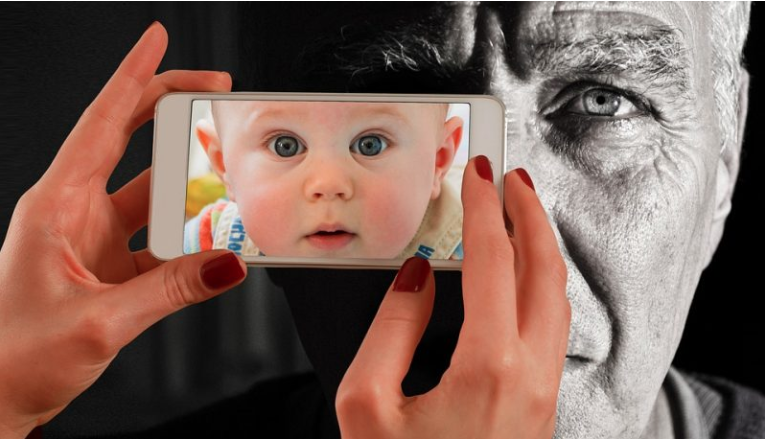With a continuously expanding market for Virtual Reality technology, from Google’s Daydream to Facebook’s Oculus Rift, the legal landscape is beginning to follow suit. According to market intelligence provider TrendForce, merchandisers sold 14 million virtual reality devices worldwide in 2016, and it projects that VR device sales and software will snowball into a $70 billion market by 2020. With such expansion, the recent $500 million verdict in the U.S Zenimax v Oculus case suggests that intellectual property disputes in virtual reality tech may become the next litigation “cash cow”, with billions riding on the outcome of each case.
Virtual Reality IP Ownership Disputes
As AR/VR technologies continue to evolve quickly, they have led to the development of considerable intellectual property and other assorted legal issues in the AR/VR space.
Copyright
Disputes over who holds the copyright to VR software will be an important source of liability in the future. One prime example is Zenimax v Oculus, where Oculus was found guilty of misappropriating copyrighted intellectual property from Zenimax in order to develop their Rift technology. The court ruled in Zenimax’s favour, requiring Oculus to pay $250 million for the copyright infringement. Copyrights protect original IP, including computer programs and dramatic works, both of which play a large role in the development of AR/VR technologies. Undoubtedly, frequent litigation will follow suit.
Trademarks
Trademarks may be a combination of words, sounds or designs used to distinguish the goods of one creator from those of another – and last fifteen years. However, and particularly notable in the relatively new VR industry, expensive legal battles can arise when a company must prove the authenticity of their non-registered trademark. Imagine this: your VR avatar stumbles upon a vending machine and buys a drink – a bottle in every way identical to a real-world Coca Cola can. If the consumer reasonably believes the untheorized patent holder was the source of the goods, or endorsed the goods, liability can arise. Would anyone think Coca Cola produced the game – likely not. Is it possible that some might think they endorsed it – definitely. A second layer of complexity arises if the avatar can interact with the product, by buying or drinking it rather than just having it appear on screen. Treading through this novel VR terrain could bring with it many trademark claims.
Patent Disputes
Through a patent, the Canadian government grants inventors the right to stop others from making, using or selling their invention for up to twenty years. What does that mean for companies involved with or entering the AR/VR space? A significant recent increase in patent applications in respect of AR/VR technologies reveals companies’ desires to maintain a competitive advantage and protect their inventions. As the field grows more crowded, it will become necessary for companies to protect their IP through patents.
Personality Rights
Like trademark claims, the idea of personality rights will inevitably arise in the virtual world. In Krouse v Chrysler Canada Ltd, the court decided that regardless of the degree of public notoriety, an individual has the same rights as celebrities. In other words, if an individual can prove that their name, voice, or likeness was used in VR content without their consent, they may have a potential claim. This expands the net of liability, especially in the realm of gaming and advertisement. Misappropriation of personality goes so far as to include “look-alikes”; if you create a Morgan Freeman inspired avatar, hire a Morgan Freeman look-alike, or record voice imitation, there is potential for liability.
VR companies can encounter another liability issue; users importing unauthorized “personas” to a metaverse. While the law in this area is still developing, companies may be subject to such claims, and should take precautions to avoid them. Overseeing the use of VR technology and removing any evident personas – including celebrities – is a crucial step.
Product Liability Claims
In part due to the nature of VR products, there will inevitably be claims made by users against VR companies. Since most VR technologies require the use of a headset and other equipment, the potential for personal injury is great. Without being able to see the environment one is in, falls, trips, hits and other injuries are likely – especially if the VR technology requires physical movement. Nausea and motion sickness are also likely, mostly when a user’s body movement does not align with the visual stimulus because of subtle delays in screen responsiveness. Finally, privacy issues may arise where users are asked for personal information, or data storing.
Long term physical and psychological effects can also result in liability against VR technology manufacturers. Some scholars suggest that because of the lure of VR, users may become more detached from reality, leading to psychoses. In certain instances, copycat violence, insurance claims, negligence, nuisance, and product liability suits will follow. Therefore, companies and manufacturers are wise to require terms of use, including disclaimers waiving liability to minimize the chance of litigation against the company.
Virtual environments raise complex and novel legal issues for both VR content creators and rights holders alike. While it is easy to allow yourself to be lost by the technical advances of the virtual world, without proper legal support, a return to reality may bring with it a host of legal liabilities.
By: Marius Adomnica, Associate and Natasha Vlajnic, Law Student
For more information, or to connect with one of our lawyers, please contact us at: inquiries@segev.ca or 604-629-5400
This article is for informational purposes only, does not constitute legal advice, and should not be relied upon as legal advice.
Join us at our VR/AR Global Summit Vancouver Nov 1&2 to learn more about the legal aspects of VR/AR


